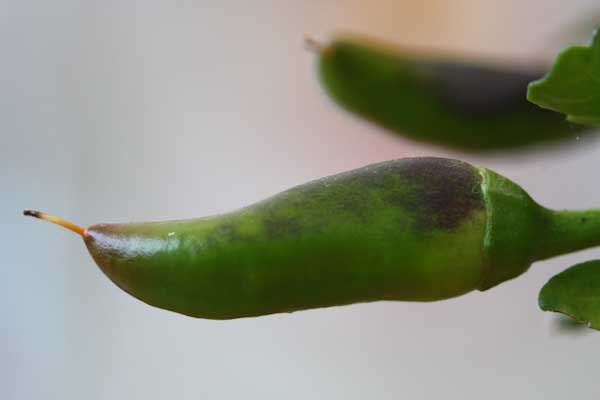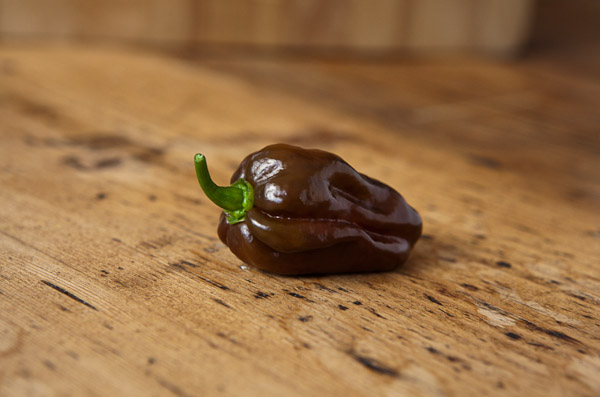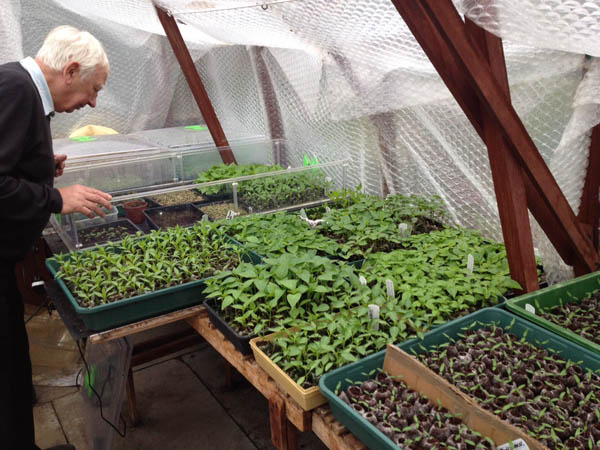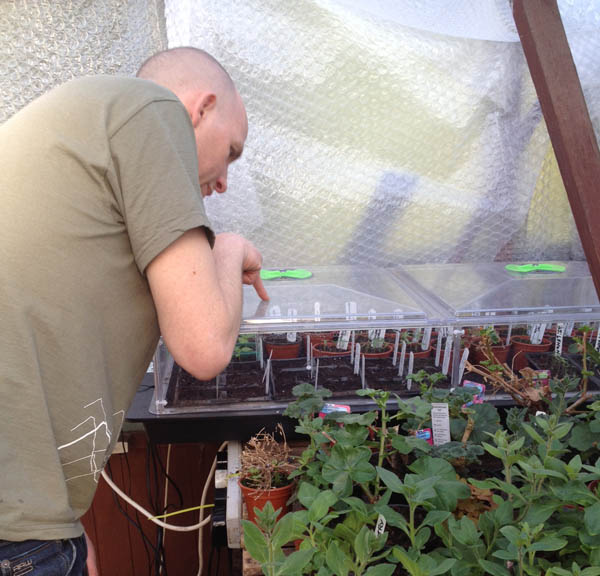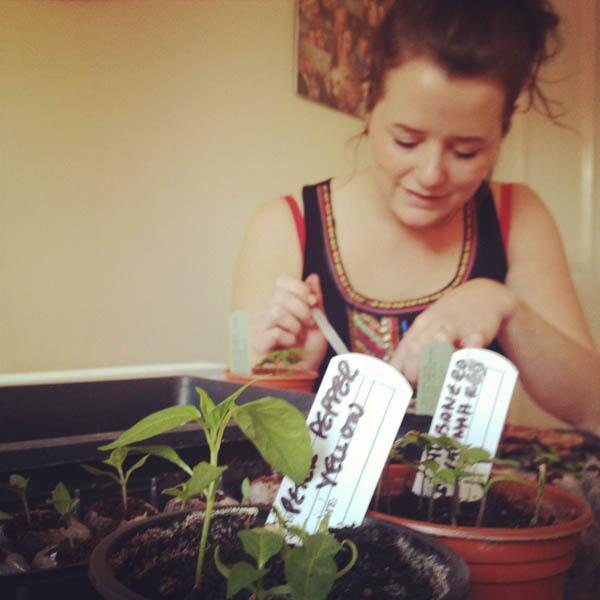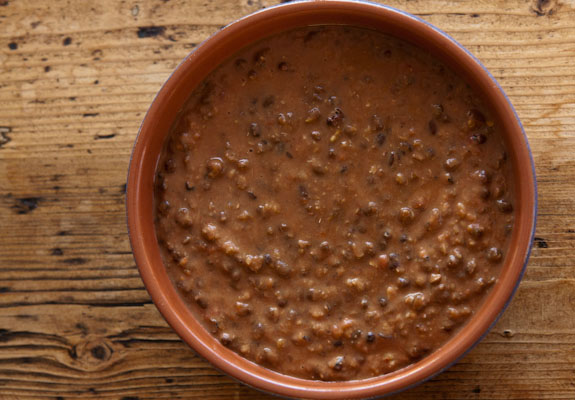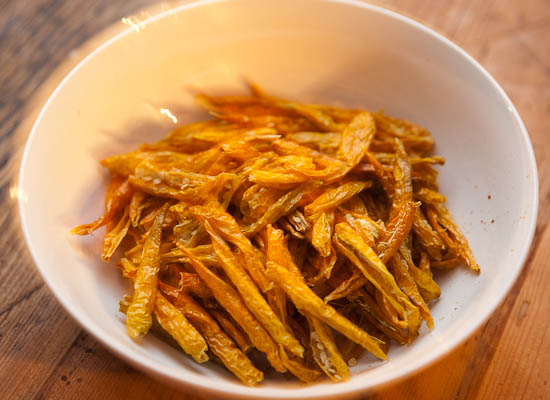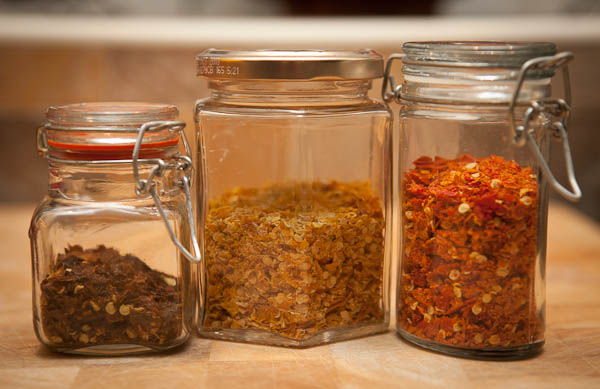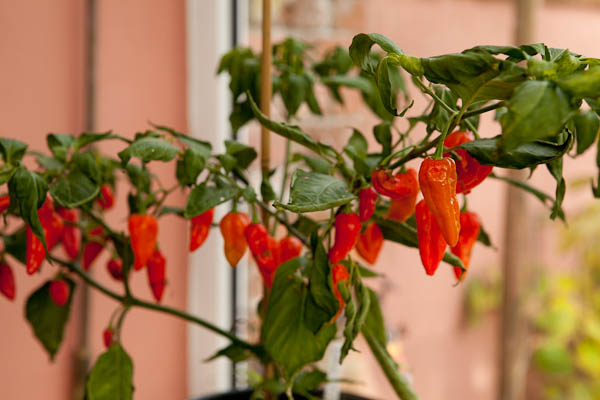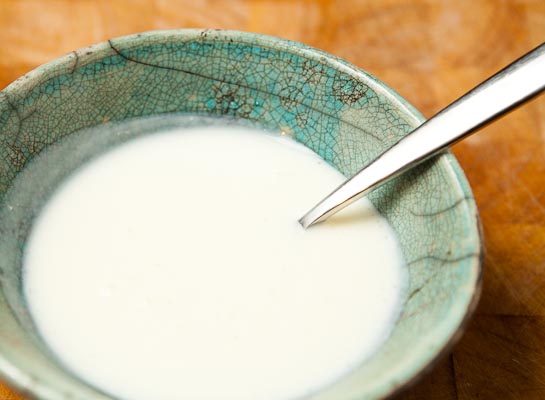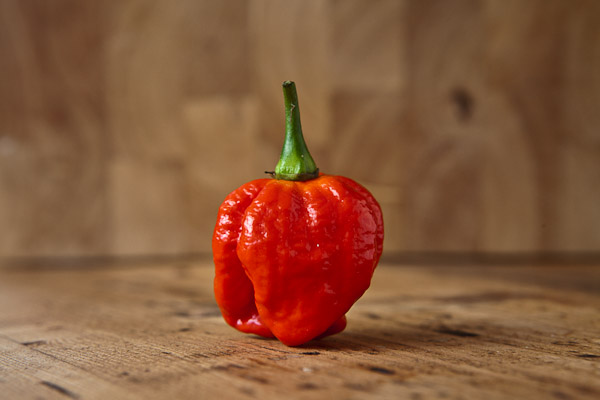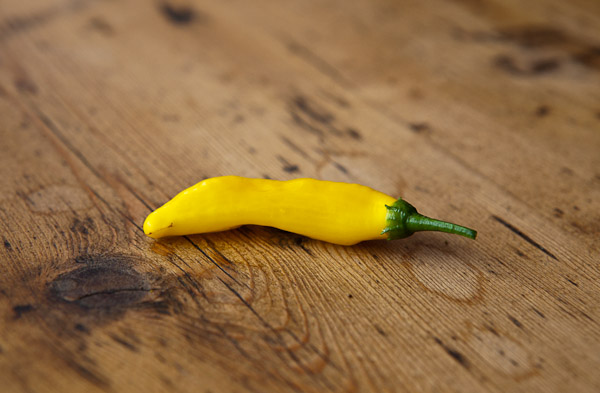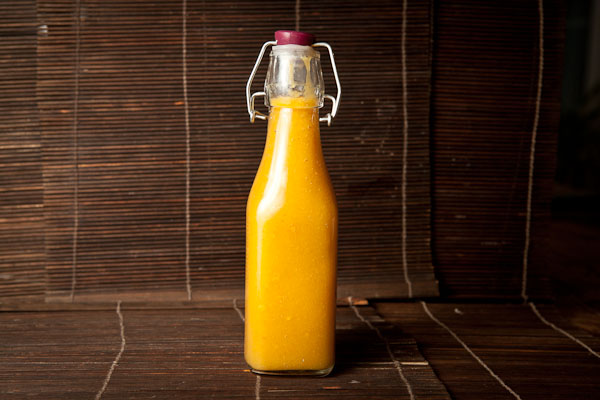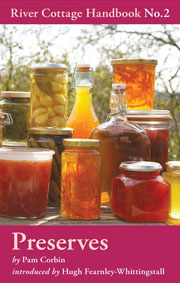One of the side effects of being married to a vegetarian is that I eat a lot less meat than I used to. Given the health benefits that’s not necessarily a bad thing. Being veggies at home means that to avoid eating pasta everyday you need to get a little bit creative with your cooking. Falafel is a great way to do that.
Falafel are a great source of protein, incredibly versatile as well as being very easy to prepare. Traditionally falafels are deep fried which gives them a nice crispy outside. However this recipe keeps things healthy and bakes them instead. If you get the consistency right you’ll find it very hard to tell the difference between the fried variety.
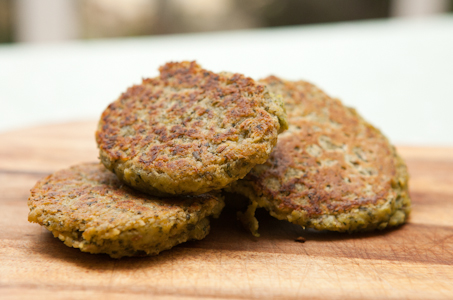
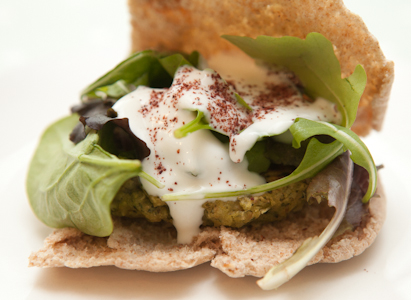
Baked Falafel Ingredients
- 1 x tin of chickpeas
- 2 cloves of garlic
- 1/2 an onion
- 2 teaspoons of ground cumin seeds
- 3/4 teaspoon of salt
- 1 large handful of parsley or coriander
- 1/2 teaspoon of baking powder
- 2 tablespoon of olive oil
- 2 chopped fresh chillies
- 5 tablespoons of plain or gram (chickpea) flour
- 1/2 teaspoon of black pepper
- juice from 1 lemon
1. This really is a very simple recipe. Add all of the ingredients to a food processor and blitz until roughly chopped. Be careful not to grind the mixture too fine.
2. Roll the mixture into small balls, a little larger than golf balls. If the mixture is too wet try adding a little gram flour or simply spooning the mixture out rather than rolling.
3. Place on a lightly oiled baking tray and squish the balls down slightly to form patties.
4. Bake in a fan assisted oven at 180°C (350°F) for 30 minutes. I usually flip the patties over halfway through cooking to ensure an even bake and a nice golden colour on each side.
There many different ways to serve falafel. My favourite is the traditional way pictured above, served in a warm pita bread with salad, a yoghurt and tahini sauce and a sprinkling of sumac. However they work equally well in a couscous salad, as a side dish with some dip or spicy tomato sauce. You can even make them a little larger and serve them a veggie burgers.

